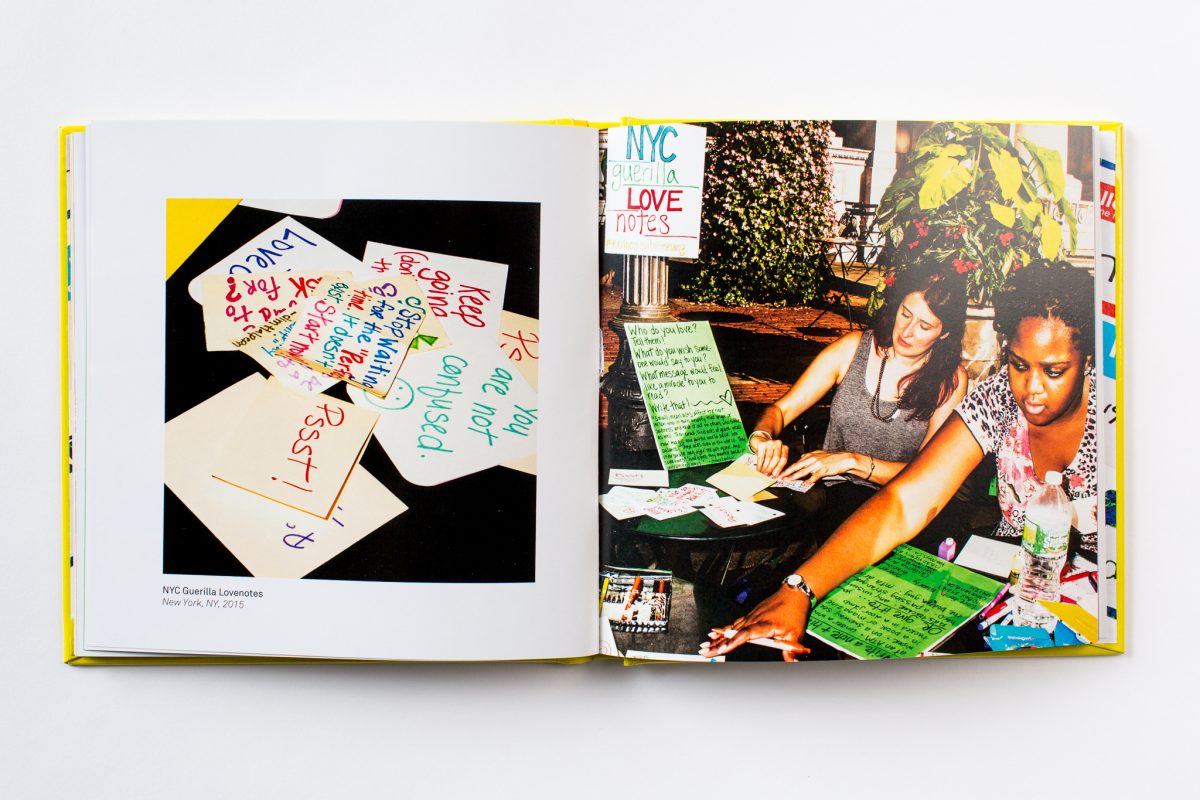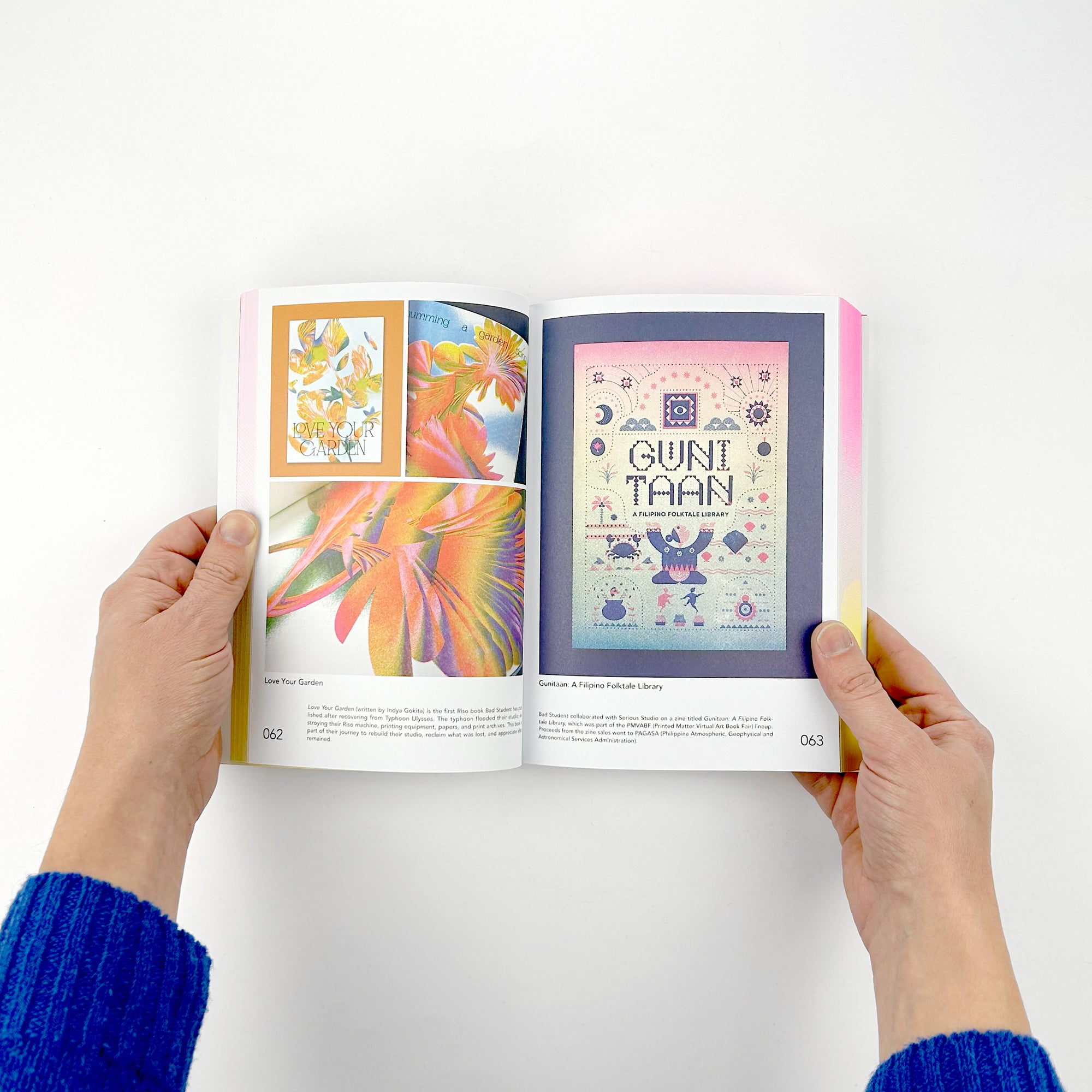Limited Edition art book Printing: What You Should Know
Limited Edition art book Printing: What You Should Know
Blog Article
Recognizing the Process Behind High-grade Art Book Printing for Art Lovers
When it concerns top notch art book printing, recognizing the details of the process can boost your recognition for the end product. You may not realize how important paper option and ink choices are to the vibrancy of art work. Each aspect plays a significant role in accomplishing the desired effect. As you check out the different elements of art book printing, you'll discover understandings that could change your perspective on art preservation and discussion.
The Relevance of Paper Choice in Art Book Printing
When it concerns art book printing, the selection of paper can make or break the last product. You want your artwork to shine, and the ideal paper improves shade vibrancy and information. Think about factors like weight, appearance, and surface; these aspects considerably impact exactly how visitors perceive your work.
For example, a much heavier stock communicates quality and durability, while a textured finish can add depth to pictures. Smooth paper is outstanding for in-depth recreations, allowing fine lines and refined tones to appear crisp.
Don't ignore the paper's illumination; a brighter sheet can assist shades pop, making your art a lot more eye-catching. You'll also desire to believe regarding exactly how the paper engages with inks and whether it can manage the printing procedure without warping or bleed-through. Ultimately, choosing the right paper establishes the phase for your art, ensuring it records the audience's focus equally as you envisioned.
Picking the Right Inks for Dynamic Recreations
Picking the right inks is just as important as picking quality paper to attain vivid reproductions in your art book. When you're publishing art work, you want colors that stand out and precisely stand for the original item. Choose for inks with a high pigment concentration; these tend to create richer and extra saturated shades.
You could consider making use of archival inks, which resist fading in time, ensuring your art book remains as striking as the day it was published. If you're collaborating with photographs or digitally produced art, pigment-based inks can give a wider shade range, enhancing information and depth.
Don't neglect about the coating! Matte and shiny inks can considerably modify the look of your artwork, so believe concerning the appearance you're aiming to achieve - art book. Eventually, the best ink choice complements your paper selection, developing a magnificent visual experience for your viewers
The Function of Shade Monitoring in Publish Quality
Shade administration plays a vital function in accomplishing high print quality for your art book. It guarantees that the colors you see on your screen convert accurately to the printed web page. Without efficient color monitoring, your dynamic artworks may show up plain or distorted, threatening your creative vision.
Next off, use color accounts tailored for your printer and paper type. These accounts direct the printer in replicating shades properly, minimizing disparities between electronic and published versions.
When you prepare your data, think about using a shade space like Adobe RGB or CMYK, relying on your printer's specifications. Constantly evidence your work, too; an examination print can reveal any potential color issues before the final run. By focusing on color monitoring, you safeguard the stability of your art, assuring your target market experiences it as you meant.

Comprehending Various Binding Methods
Accomplishing the ideal search for your art book goes past color monitoring; binding methods additionally play a substantial role in its total discussion and resilience. You have several choices to assess, each with its very own unique characteristics.
If you're intending for a specialist feeling, instance binding supplies a tough alternative with a hard cover, best for showcasing your art work. On the other hand, perfect binding supplies a versatile spine while keeping costs down, making it a popular selection for softcover books.
Spiral binding permits your art book to lay flat, which is terrific for displaying photos without obstruction. Saddle sewing is perfect for smaller sized brochures, providing a tidy surface without the mass.
Ultimately, the binding strategy you pick need to show your creative vision and exactly how you desire visitors to engage with your work. See to it to consider these choices meticulously to attain the finest end result for your project.
The Impact of Publish Size and Layout on Presentation
While the choice of print dimension and layout may seem additional to material, they substantially affect how your artwork is viewed. The measurements of your prints can either enhance or diminish the impact of your pieces. Larger prints can draw customers in, enabling them to value detailed details, while smaller styles may require even more intimate interaction.

Preservation Methods for Lasting Art Books
To guarantee your art books stand the test of time, it's necessary to execute effective preservation techniques. Begin by keeping them in a cool, completely dry setting, away from straight sunlight and humidity. This avoids fading and bending, maintaining your pages undamaged. Use acid-free storage boxes or safety sleeves to protect them from dirt and physical damage.
When handling your publications, constantly clean your hands or put on cotton handwear covers to stay clear of oils and dust transferring onto the pages. Avoid flexing or wrinkling the spines; rather, utilize book sustains when showing them.
For added security, consider buying archival-quality products for any repairs or enhancements. Routinely check your collection for signs of wear or damage, attending to concerns promptly. By adhering to these basic approaches, you can ensure your art books stay lively and easily accessible for several years to come, protecting their charm and worth for future generations.
Teaming up With Printers for Optimal Results
When you prepare to publish your art book, picking the ideal printer is important to achieving your vision. Clear interaction about your assumptions and demands will assist ensure that both you and the printer are on the same web page. Let's explore how to make this partnership as seamless and reliable as possible.
Choosing the Right Printer

Effective Interaction Strategies
Reliable communication is important for turning your art book vision right into fact, particularly when collaborating with printers. art book. Begin by clearly outlining your project's objectives, consisting of style aspects, recommended products, and any kind of details printing strategies. Don't think twice to share your motivations and recommendations; this aids the printer comprehend your visual
Be open to responses, as printers usually have important insights that can enhance your job. This cooperation will guarantee that your art book satisfies your assumptions and beams in its final form.
Often Asked Concerns
What Are Usual Blunders to Avoid in Art Book Printing?
When publishing your art book, prevent typical blunders like bad resolution pictures, inaccurate shade accounts, and ignoring web page layout. Do not see it here forget to check and confirm information to confirm your end product meets your expectations.
Just How Does Digital Printing Differ From Traditional Printing Techniques?
Digital printing uses electronic documents to produce prints straight, permitting quicker turn-around and modification. In contrast, traditional techniques entail physical plates, which can be taxing and less flexible for small runs or special styles.
What Is the Typical Turnaround Time for Art Book Printing?
The normal turn-around time for art book printing varies, but you can anticipate it to take anywhere from a couple of weeks to a number of months. Elements like complexity, amount, and printing approach all influence this timeline.
Can I Publish a Limited Edition Art Book Financially?
You can publish a minimal version art book financially by picking cost-effective products, maximizing print runs, and making use of electronic printing alternatives. Mindful planning and budgeting will help you accomplish quality without spending too much.
What Are the Ecological Factors To Consider in Art Book Printing?
When thinking about art book printing, you need to consider environmentally friendly products, lasting inks, and energy-efficient procedures Going Here (art book). Picking local printers can likewise minimize your carbon footprint, making your job both gorgeous and ecologically responsible
Report this page